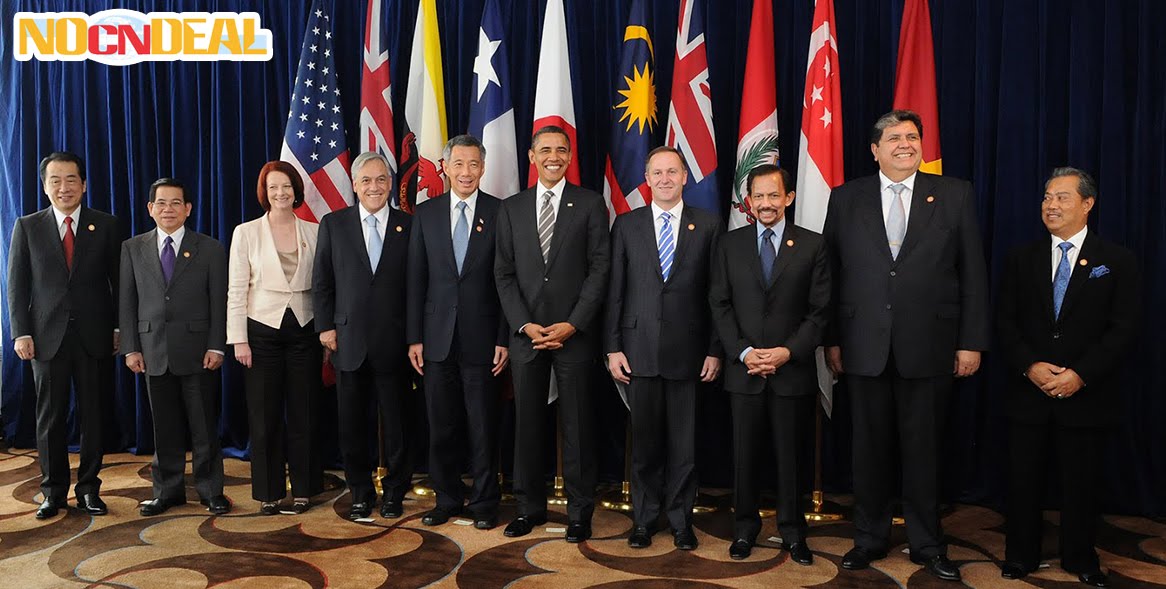Opening markets for agricultural and agri-food products
The Trans-Pacific Partnership is the most comprehensive trade agreement in the world. The TPP will help deepen Canada’s trade ties in the dynamic and fast-growing Asia-Pacific region while strengthening our existing economic partnerships with our partners in the NAFTA and across the Americas. It currently comprises 12 countries (Australia, Brunei, Canada, Chile, Japan, Malaysia, Mexico, New Zealand, Peru, Singapore, the United States and Vietnam), representing a combined market of nearly 800 million people and a gross domestic product (GDP) of $28.5 trillion. With the TPP, Canada has now concluded free trade agreements with 51 nations, ensuring Canadian businesses have access to over 60 percent of the world’s economy. The TPP and trade agreements with the European Union and South Korea make Canada the only G-7 nation with free trade access to the United States and Americas, Europe, and the Asia-Pacific.
In 2014, Canada’s agriculture and agri-food sector employed close to 2.3 million people and accounted for close to 6.6 percent of Canada’s GDP. Canada is the fifth-largest exporter of agricultural and agri-food products globally.
More than 246,000 Canadians employed in the sector work in the processing end of the industry, turning raw ingredients into processed foods, ready-to-eat meals, beverages, nutritional supplements and a nearly limitless variety of other high-quality products. TPP will open up new markets not only for agricultural commodities. It will also open up new markets for the food processing and beverage industry.
TPP markets
The gains from tariff elimination and improved market access for Canadian agriculture in the TPP are especially significant in the markets of Japan, Malaysia and Vietnam. These are markets where Canada faces high tariffs and no prior preferential access. The average agricultural tariffs that Canada faces in these countries are 17.3 percent in Japan, 17 percent in Vietnam and 10.9 percent in Malaysia.
The TPP Agreement will give Canadian products preferential market access to all TPP countries. It will provide new market access opportunities for Canadian pork, beef, pulses, fruits and vegetables, malt, grains, cereals, animal feeds, maple syrup, wines and spirits, baked goods, processed grain and pulse products, sugar and chocolate confectionery, and processed foods and beverages. It will also ensure that Canadians have a competitive advantage over competitors outside of the TPP, benefitting the entire sector, from producers to processors.
In addition, the TPP provides Canadian producers and processors with new opportunities to expand their sourcing options when exporting to the United States, Mexico, Peru and Chile, with which Canada already has free trade agreements in place. Canada’s participation in the TPP will ensure that Canada remains a supplier of choice with our established NAFTA and FTA partners.
By generating opportunities for Canadian agricultural and agri-food exports, the TPP will protect and create jobs, and enhance economic opportunities and financial security for Canadian businesses, workers and their families in all regions of Canada.
Trade snapshot
From 2012 to 2014, Canada’s agricultural and agri-food exports to TPP countries were worth, on average, $31.2 billion annually. Top exports were canola oil, wheat, live swine, baked goods, beef, and processed potatoes.
*Source : Global Trade Atlas
TPP Agreement highlights
- In Japan, close to 32 percent of tariff lines on agriculture and agri-food products will be duty-free upon entry into force.
- A further 9 percent of tariff lines will be provided preferential tariff treatment through permanent quotas and country-specific quotas for Canada. The remaining tariff lines will be provided tariff elimination or reductions over a period of up to 20 years, or reductions of the in-quota or out-of-quota tariff.
- Vietnam will eliminate tariffs on close to 31 percent of its tariff lines upon entry into force. A further 67 percent of tariff lines will become duty-free within 15 years, with the remaining being provided preferential treatment through other means (tariff elimination only on in-quota tariff lines).
- Malaysia will eliminate tariffs on nearly 92 percent of its tariff lines upon entry into force. A further 7 percent of tariff lines will become duty-free within 15 years, with the remaining being provided preferential treatment through permanent tariff rate quotas.
- Australia will eliminate all of its tariffs on agriculture and agri-food products upon entry into force, except for one tariff line which will be eliminated within 4 years.
- New Zealand will eliminate tariffs on almost 99% of its agriculture and agri-food tariff lines upon entry into force, with the remaining being eliminated within 5 years.
- The TPP Agreement will give Canadian products preferential market access to all TPP countries. It will also ensure that Canadians have a competitive advantage over competitors outside of the TPP, benefitting the entire sector, from producers to processors.
Source: http://www.international.gc.ca/










Không có nhận xét nào:
Đăng nhận xét